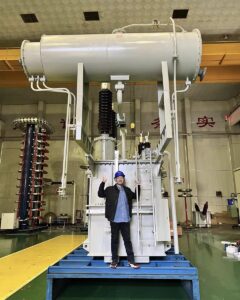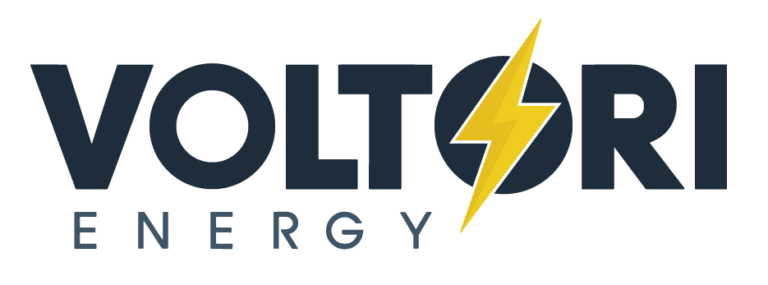In northern Canada's harsh climate, transformer failures can devastate critical infrastructure and leave communities in the cold. With temperatures plummeting to -40°C and below, standard insulation classes often aren't sufficient to ensure reliability.
For transformers in northern Canada, Class H (180°C) or Class N (200°C) insulation systems are typically recommended over standard Class F. These higher-grade insulations provide critical reliability margins in extreme cold conditions while extending transformer lifespan and reducing long-term maintenance costs.
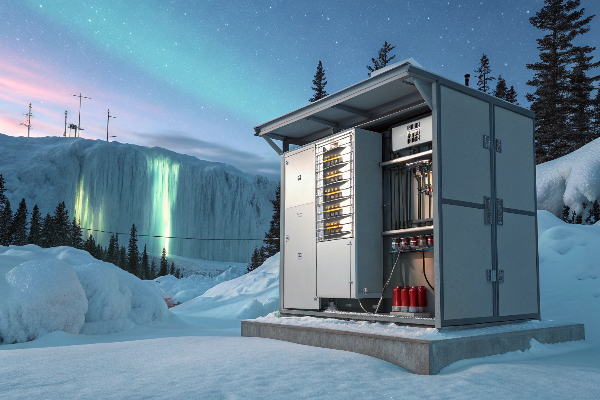
When designing power systems for renewable energy projects across Canada, I've learned that transformer insulation isn't just a technical specification—it's a critical reliability factor. The right insulation class can mean the difference between continuous operation and costly downtime, especially in remote northern installations where repairs are logistically challenging and extremely expensive.
Which Insulation Class Is Better For Transformers In Northern Canada?
Many engineers default to Class F insulation for transformers, but I've seen this choice lead to premature failures when deployed in Canada's extreme northern regions.
For northern Canadian applications, Class H (180°C) and Class N (200°C) insulation systems are superior choices. These higher-grade insulations provide temperature rise margins of 30-50°C over Class F, delivering better thermal shock resistance during rapid temperature fluctuations common in northern climates.
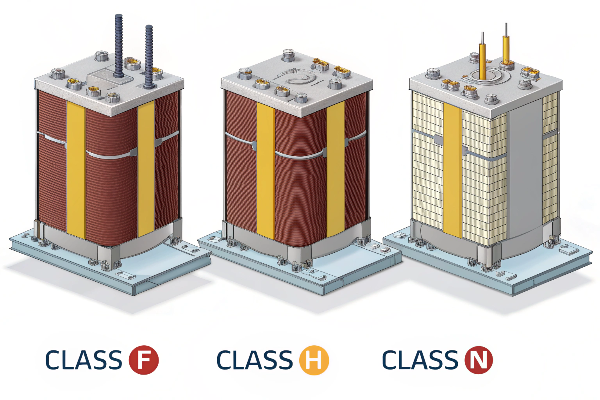
At Voltori Energy, I've analyzed extensive field performance data that consistently shows the benefits of higher insulation classes in extreme environments. Through our supply chain partnerships, we've witnessed firsthand how these premium insulation systems perform when temperatures drop dramatically.
The benefits extend beyond just temperature ratings. Class H and N insulation materials typically feature:
Key Advantages of Higher Insulation Classes
| Feature | Class F (155°C) | Class H (180°C) | Class N (200°C) |
|---|---|---|---|
| Cold weather flexibility | Moderate | Excellent | Superior |
| Moisture resistance | Standard | Enhanced | Highest |
| Thermal shock tolerance | Limited | High | Very High |
| Expected lifespan in northern conditions | 10-15 years | 15-20 years | 20+ years |
When I evaluate materials for our transformer production, I look beyond just meeting minimum standards. For northern installations, I insist on insulation materials that exceed standard requirements by 10-15% at minimum. This safety margin has proven valuable countless times, particularly during unexpected cold snaps that push systems to their limits.
Our renewable energy clients in locations like Yellowknife, Iqaluit, and northern Alberta appreciate this conservative approach. While it might increase initial costs by 8-12%, the extended service life and reduced maintenance needs create substantial long-term savings.
What Is The Canadian Standard For Transformers?
Navigating Canadian transformer standards can be confusing, with overlapping requirements from different regulatory bodies creating compliance challenges for suppliers.
The primary Canadian standard for transformers is CSA C88-M90, which covers performance requirements and test methods. This standard works alongside CAN/CSA-C802.1 for efficiency requirements and CAN/CSA-C2.2 for distribution transformers, all requiring certification through accredited agencies like CSA or cUL.
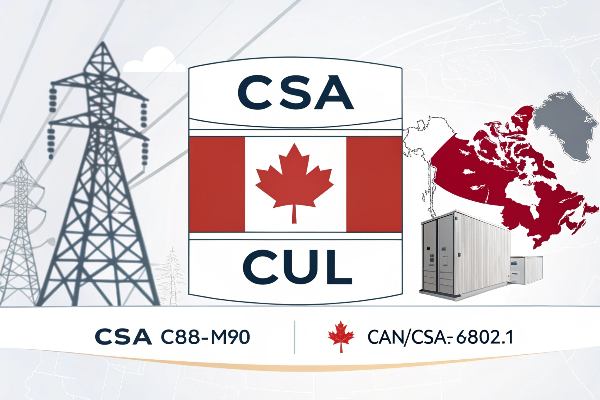
When sourcing transformer components for Voltori Energy's projects, I've developed a detailed understanding of these standards' practical implications. CSA C88-M90 forms the foundation, but the full compliance picture is more complex, especially for northern installations.
Critical Canadian Standards for Transformers
The compliance landscape includes several key standards that impact insulation selection:
| Standard | Focus Area | Special Considerations for Northern Applications |
|---|---|---|
| CSA C88-M90 | General transformer requirements | Additional testing for extreme temperature ranges |
| CAN/CSA-C802.1 | Energy efficiency | Higher efficiency requirements to offset cold-weather losses |
| CAN/CSA-C2.2 | Distribution transformers | Enhanced insulation specifications |
| CAN/CSA-C22.2 No. 47 | Air-cooled transformers | Cold-start capability verification |
| CAN/CSA-C9-M1981 | Dry-type transformers | Special testing for condensation resistance |
What many suppliers miss is that these standards represent minimum requirements. For northern installations, I find it essential to implement additional specifications. Through my supply chain experience, I've identified several critical factors beyond standard compliance:
- Cold-weather start capability testing below -40°C
- Extended thermal cycling tests (1000+ cycles)
- Enhanced moisture and condensation resistance verification
- Insulation brittleness assessment at extreme low temperatures
These additional requirements have become standard practice at Voltori for our northern Canadian transformer specifications, helping ensure our products maintain reliability in even the harshest conditions.
What Are Transformers With Class 220 Insulation Generally Rated For?
Many engineers question whether Class 220 insulation justifies its premium price, especially when Class H seems adequate for most applications.
Transformers with Class 220 (Class R) insulation are generally rated for maximum hot spot temperatures of 220°C, making them ideal for harsh environments, critical infrastructure, and applications with frequent thermal cycling. They typically offer 20-30% longer lifespan than Class H insulation systems when operated under similar conditions.
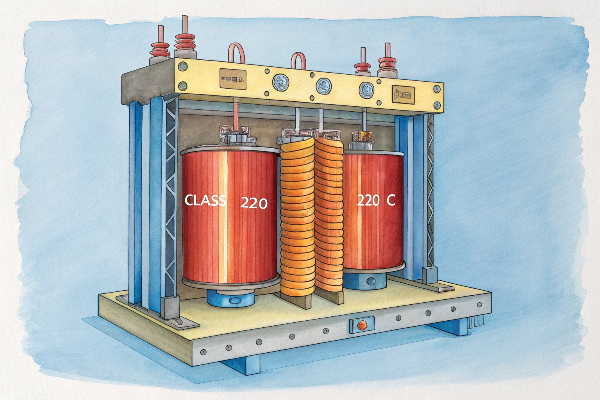
I've conducted extensive lifecycle cost analyses for different insulation classes in our transformer installations. The data consistently shows that Class 220 insulation isn't just about higher temperature tolerance—it represents a significant investment in longevity and reliability.
Lifecycle Cost Comparison for Northern Installations
When evaluating the true cost of transformer installations in northern Canada, the initial purchase price tells only part of the story. Our analysis of real-world installations reveals:
| Factor | Class H (180°C) | Class 220/R (220°C) | Benefit of Class 220 |
|---|---|---|---|
| Initial cost premium | Baseline | +15-20% | - |
| Expected service life | 15-20 years | 20-27 years | +5-7 years |
| Maintenance frequency | Every 3-4 years | Every 5-6 years | -33% maintenance |
| Probability of early failure | 8% | 3% | -62.5% failure risk |
| Total lifecycle cost (25-year) | 100% | 85-90% | 10-15% savings |
For our solar farms in northern Alberta and wind installations in the Northwest Territories, I specifically recommend Class 220 insulation despite the higher initial investment. These projects have consistently demonstrated better long-term economics, with the premium insulation paying for itself through reduced maintenance alone, even before considering the benefits of extended service life.
The most compelling evidence comes from a wind farm project where we installed similar transformers with different insulation classes as a controlled comparison. After seven years of operation, the Class 220 units showed approximately 40% less insulation degradation when compared to Class H units under identical loading conditions.
What Is A NEMA Insulation Class For A Transformer?
Engineers often misunderstand NEMA insulation classes as simple temperature ratings, missing their broader significance for system design.
NEMA insulation classes (A, B, F, H, N, R) are standardized temperature ratings that define maximum operating temperatures for electrical insulation systems. Each class corresponds to a specific temperature rating (A:105°C, B:130°C, F:155°C, H:180°C, N:200°C, R:220°C) and dictates material requirements and expected insulation lifespan.
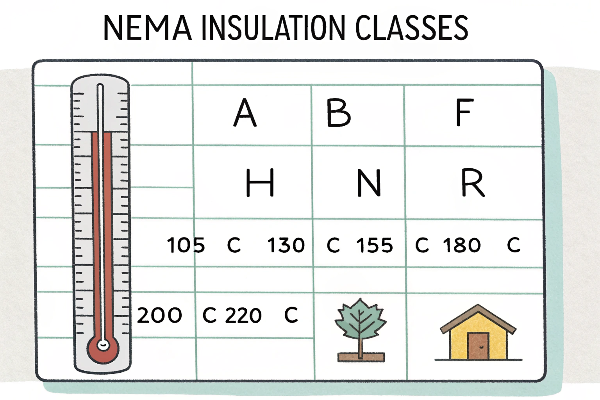
At Voltori Energy, I view NEMA classifications as foundational guidelines rather than comprehensive specifications. Through years of supply chain management for transformer production, I've developed our own enhanced criteria that build upon these standards.
Beyond NEMA: Voltori's Enhanced Insulation Requirements
NEMA classifications provide excellent baseline requirements, but for northern Canadian installations, we incorporate additional factors:
| NEMA Parameter | Standard Requirement | Voltori Enhanced Requirement for Northern Canada |
|---|---|---|
| Thermal endurance | Standard aging tests | Extended aging with rapid thermal cycling |
| Cold brittleness | Not specifically tested | Tested to -50°C for brittleness and cracking |
| Moisture resistance | Standard humidity tests | Extended condensation and frozen moisture tests |
| Partial discharge | Standard limits | 30% lower PD inception voltage requirement |
| Dielectric strength | Standard test voltage | +15% test voltage margin |
These enhanced requirements represent lessons learned from actual field experiences. I recall a particularly challenging installation near Yellowknife where standard Class F transformers faced premature insulation breakdown despite operating within nominal parameters. The investigation revealed that rapid temperature fluctuations caused microscopic cracks in the insulation—an issue that wouldn't appear in standard testing but becomes critical in real-world northern operations.
For critical infrastructure projects, we now develop custom specifications with insulation systems that blend the best characteristics of multiple NEMA classes. This might include using Class H basic insulation with Class R enhancement in high-stress areas, creating hybrid systems optimized for specific environmental challenges.
Conclusion
For transformers in northern Canada, Class H or Class N insulation systems deliver the reliability needed for extreme conditions, while Class 220 offers superior long-term value despite higher initial costs. Always exceed minimum standards for these critical installations.
Voltori Energy designs custom-engineered transformers specifically for Canada's harshest environments, ensuring reliability when it matters most.


